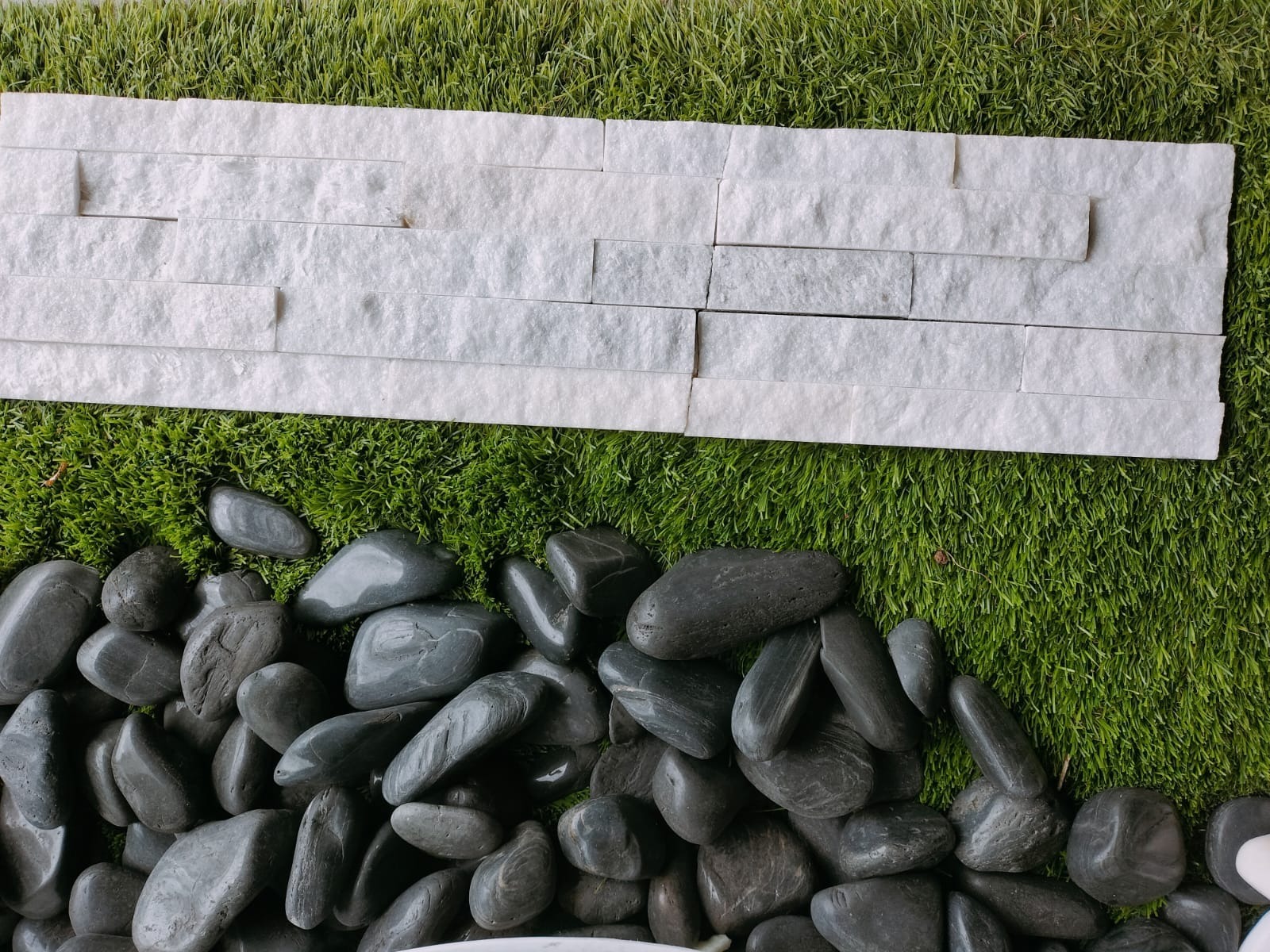Who wouldn’t want to surround themselves with gorgeous natural stone? Elegant and very functional, stacked stone cladding Melbourne is a popular building and design material for good reason.
What exactly is stone cladding?
The use of a thin layer of stone as a cladding for the outside of a structure is known as natural stone cladding. It is also used on internal surfaces on occasion. When the thin layers are put correctly, they have a textured and three-dimensional appearance, giving the impression that the structure is made entirely of actual stone.
Stone cladding is commonly used:
- To give an existing structure a stone finish.
- To create a stone finish that is lighter in weight and hence requires less structural support.
- To enable faster and less expensive installation.
- To enable the employment of current construction techniques and high-performance detailing while maintaining a historic appearance.
- Allowing for off-site production and decreased on-site construction.
- To cut down on waste.
Quarrying raw stone and grinding it into thin pieces is how stone cladding is made. The design specification allows for the creation of a variety of sizes, thicknesses, forms, and patterns. Cladding can be supplied as single stone pieces or as huge, tailored panels constructed into a variety of elements, such as storey-height panels or curved parts like reveals and lintels.
The Benefits of Stone Cladding
Natural stone has been utilised in construction for thousands of years, and not simply because it is tough and long-lasting. Its distinct appearance can be created just as successfully with cladding. It’s all beauty without the monster cost with a thin veneer of this exquisite material.
· Durability
Natural stone slabs are a tough and long-lasting material that is frequently utilised in construction. With veneer cladding, you may add a sturdy outer layer to your wall or surface to ensure long-term resistance to general wear and tear.
· Style Flexibility
Natural stone comes in a variety of sorts, from limestone to granite, as well as a large range of hues, tints, patterns, and shapes. When you choose stone cladding, you can select the ideal aesthetic to match your style preferences and interior/exterior design aesthetic.
· Reasonably priced
On that note, while stone cladding requires a higher initial investment than other less expensive materials, it provides a more cost-effective alternative than full stone walling. Enjoy all of the cosmetic benefits without breaking the bank.
· Abrasion Resistance
Stone cladding for walls, in particular, is extremely useful due to its high resistance to abrasions and scratches. Even when utilised on the outside of a structure, its resistance to fire and weather factors makes it completely useful in every aspect.
· Simple to Maintain
Natural stone cladding doesn’t require a lot of gentle love and care to stay beautiful and robust. With simple, low-cost upkeep, your walls can remain as beautiful as the day they were installed for a long time.
· Increases Value
Adding stone cladding to your Melbourne property might increase its monetary value. It can significantly increase the resale value of your property in addition to delivering aesthetic, practical, and design benefits.
· Excellent for Wet Areas
Veneer cladding can be used in a variety of circumstances, including damp regions, in your home. Stone cladding gives durability even when exposed to moisture and water, making it ideal for transforming your pool area or revitalising a water feature.
· Long Life Expectancy
Your cladding will survive for many years to come because to the resilience and superb quality of this naturally occurring material. Few solutions can compete with natural stone cladding in terms of a high return on investment.
Installation of stone cladding
The cladding system should be mechanically attached to structural substrate layers to handle the weight of natural stone. This can be accomplished with shelf angles or specifically designed stone clips.
The installation of a thin veneer of stone on a wall or surface is referred to as stone cladding. Cladding is intended to provide the decorative character and appearance of a natural stone wall, but it is not intended to be weight bearing.








